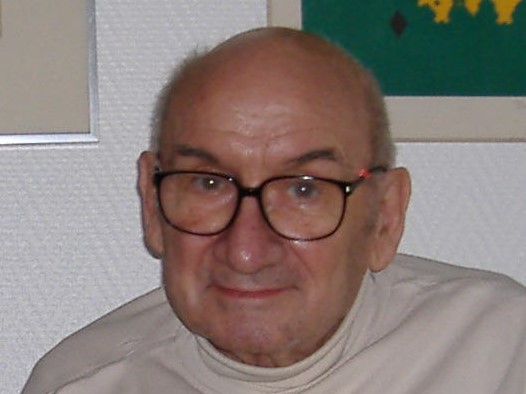 On 30 January Lanfranco Virgili died at the age of 93. He was ISOCARP President from 1978 to 1981.
On 30 January Lanfranco Virgili died at the age of 93. He was ISOCARP President from 1978 to 1981.
Lanfranco Virgili was born in Rome on 20 June 1924. Virgili’s parents were friends of Socialist Giacomo Matteotti who was murdered by the fascists. The Virgili family took refuge in France in 1925. Lanfranco became a French citizen in 1940 and joined the Resistance.
He worked in journalism and theater, and in 1958 he obtained his diploma of architect.
Lanfranco Virgili worked as urban planner in the departments of Moselle and Meuse, he set up master plans for the areas of Verdun and Bar-le-Duc.
He was chief architect of the development of the sector of the Sainte-Catherine coast in Bar-le-Duc.
In terms of architecture, Virgili’s work is essentially devoted to housing, both collective and individual, private or social. He built housing in the Paris region (Villejuif, Fontenay-aux-Roses, Noisy-le-Roi, Sceaux, Saint-Denis), Moselle and the Meuse (Bar-le-Duc).
He was Professor at the Center for International Studies for the Conservation of the Architectural Heritage in Leuven (Belgium) as well as Visiting Professor at the Institut d’urbanisme de Paris.
He became a ‘chevalier de la Légion d’honneur’.
In his State of the Profession at the end of his ISOCARP Presidency he said: But we should not forget that the planner is subjected to moral, social, political pressures of conflicting interests in the transcription of a political urban project. In all these steps, there is risk of failure of initiative! Planners participate in actions which can have effects on economic and social justice. Their proposals and transcriptions can lead to profits for some and to negative consequences for others and at the same time create privileges and disadvantages. Thus this major responsibility implies a great rigour for planners, an ethic, a deontology which, although they apply to the planning profession as a whole are essentially personal.